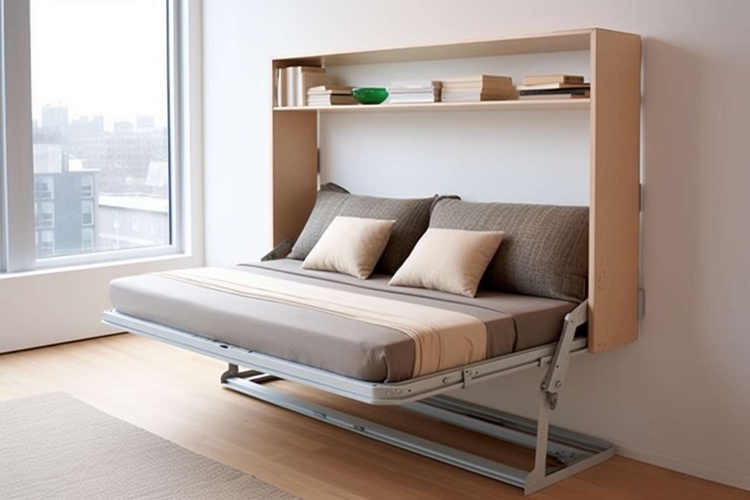Urban Microapartments: The Next Big Thing in Small Living
Living small is becoming the next big trend in urban real estate. As city populations swell and housing costs soar, a new solution is emerging: microapartments. These compact living spaces, typically under 400 square feet, are redefining urban dwelling. With 54% of the world's population now residing in urban areas, and that number expected to rise to 68% by 2050, microapartments are poised to reshape the real estate landscape in major cities worldwide.

The Economics of Going Small
The financial appeal of microapartments is undeniable. In cities where the average rent for a one-bedroom apartment can exceed $3,000 per month, microapartments offer a more affordable alternative, often priced 20-30% lower. For investors, these units present an attractive opportunity. With higher per-square-foot rental yields and lower vacancy rates compared to traditional apartments, microapartments can offer robust returns in competitive urban markets.
Design Innovations: Maximizing Minimal Space
The success of microapartments hinges on innovative design. Architects and interior designers are pushing the boundaries of space efficiency, incorporating features like murphy beds, convertible furniture, and modular storage systems. Some developments are even experimenting with movable walls and ceilings to create adaptable living areas. These design solutions not only maximize space but also cater to the minimalist lifestyles increasingly embraced by urban professionals.
Target Demographics: Who’s Embracing Micro Living?
Microapartments primarily appeal to young professionals, students, and those seeking an urban pied-à-terre. According to recent surveys, 72% of microapartment residents are under 35, with a median income of $40,000 to $80,000. This demographic values location over space, prioritizing proximity to work, entertainment, and urban amenities. For many, microapartments serve as a stepping stone to larger accommodations or as a way to maintain a city lifestyle without the financial burden of a larger apartment.
Regulatory Challenges and Urban Planning Implications
The proliferation of microapartments has not been without controversy. Many cities have had to grapple with zoning laws and building codes that were not designed with such small living spaces in mind. Minimum size requirements, originally intended to prevent overcrowding and ensure livable conditions, are being reevaluated in light of the microapartment trend. Urban planners are also considering the long-term implications of high-density microapartment developments on city infrastructure and community dynamics.
The Future of Microapartments: Trends and Predictions
As the microapartment market matures, several trends are emerging. Community-focused developments that balance private micro-units with extensive shared spaces are gaining popularity. These projects often include co-working areas, communal kitchens, and social lounges, fostering a sense of community among residents. Technology integration is also advancing, with smart home systems allowing residents to control lighting, temperature, and even furniture arrangements through smartphone apps.
Looking ahead, experts predict that microapartments will continue to evolve. Some envision a future where modular microapartments can be easily relocated or combined to adapt to changing life circumstances. Others foresee increased integration of virtual reality technology to create the illusion of larger spaces or to provide immersive experiences within compact living areas.
Investment Considerations: Risks and Rewards
For real estate investors, microapartments present a unique set of considerations. While the potential for high yields is attractive, there are risks to consider. The novelty of the concept means that long-term market performance is still uncertain. Additionally, the specialized nature of microapartment developments can make them more challenging to repurpose if market demands shift.
Investors should also be aware of potential regulatory changes that could impact microapartment viability. However, for those willing to navigate these challenges, microapartments offer an opportunity to tap into a growing market segment with strong demand in major urban centers.
Small Spaces, Big Impact
Microapartments represent more than just a housing trend; they’re a reflection of changing urban lifestyles and economic realities. As cities continue to densify and housing affordability remains a pressing issue, these compact living spaces are likely to play an increasingly significant role in the urban real estate landscape. For investors, developers, and urban planners, understanding and adapting to the microapartment phenomenon will be crucial in shaping the cities of tomorrow.





